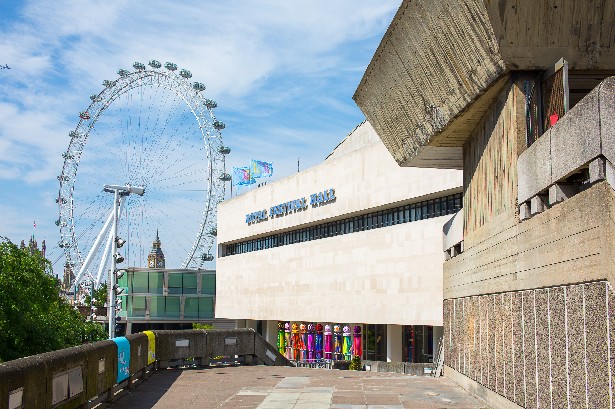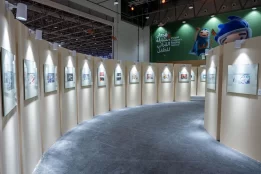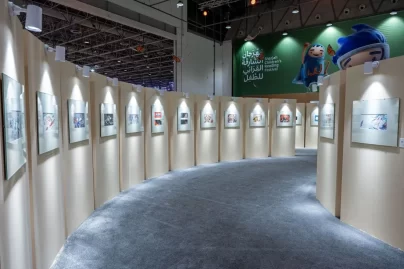This Day, That Year – May 3
Wed 03 May 2023
This day in history we feature the Royal Festival Hall. London’s Royal Festival Hall opens with the Festival of Britain on this day in 1951.
Trivia – Royal Festival Hall
The Royal Festival Hall is a 2,700-seat concert, dance and talks venue within Southbank Centre in London. It is situated on the South Bank of the River Thames, not far from Hungerford Bridge, in the London Borough of Lambeth. It is a Grade I listed building, the first post-war building to become so protected (in 1981). The London Philharmonic Orchestra, the Philharmonia Orchestra, the Orchestra of the Age of Enlightenment, the London Sinfonietta, Chineke! and Aurora are resident orchestras at Southbank Centre.
Related read – London Eye plans to become a permanent fixture on the capital’s landscape
The hall was built as part of the Festival of Britain for London County Council, and was officially opened on 3 May 1951. When the LCC’s successor, the Greater London Council, was abolished in 1986, the Festival Hall was taken over by the Arts Council, and managed together with the Queen Elizabeth Hall and Purcell Room (opened 1967) and the Hayward Gallery (1968), eventually becoming an independent arts organisation, now known as the Southbank Centre, in April 1998. The complex includes several reception rooms, bars and restaurants, and the Clore Ballroom, accommodating up to 440 for a seated dinner. A large head and shoulders bust of Nelson Mandela (by Ian Walters, created in 1985) stands on the walkway between the hall and Hungerford Bridge approach viaduct. Originally made in glass-fibre it was repeatedly vandalised until re-cast in bronze. The complex’s variety of open spaces and foyers are popular for social or work-related meetings. The closest tube stations are Waterloo and, across the river via the Jubilee Bridges, Embankment and Charing Cross. The building underwent a substantial renovation between 2005 and 2007 aimed at improving the poor acoustics and building layout, led by architect Diane Haigh of Allies and Morrison with consulting engineer firms Max Fordham LLP (M&E) and Price & Myers (structural). The interior of the concert hall space was almost entirely intact until this re-modelling, which saw its stage canopy and walls rebuilt in plainer more rectangular forms. Seating was reduced slightly to 2,788, including the choir seating. This was carried out in the face of opposition from conservationists, led by the Twentieth Century Society.
Source – Wikipedia

 May 03 2024
May 03 2024












